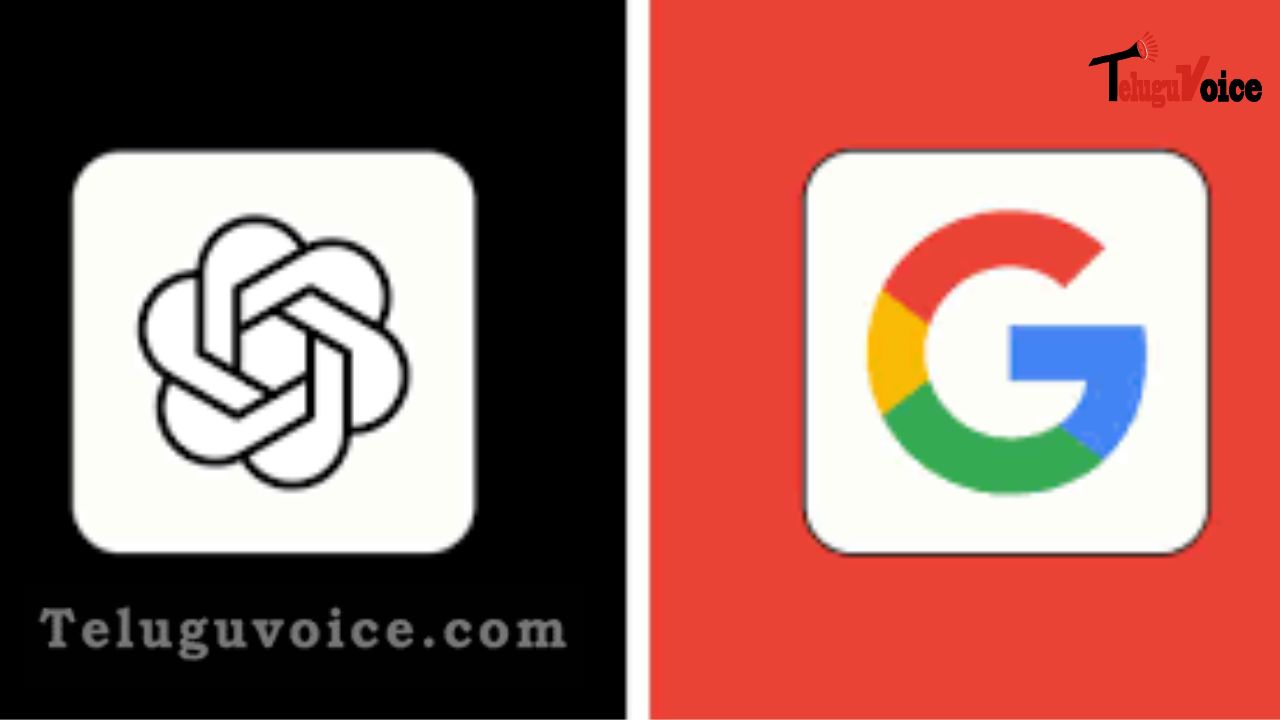Chatgpt Vs Bard: A Comparison Of Openai's Chatgpt And Google's Bard

Many resources have emerged as the field of artificial intelligence has grown, allowing businesses and individuals to take advantage of AI's advantages. Bard and ChatGPT are two of the most well-known AI language models currently in use. While both of these models are intended to generate human-like text and react to natural language input, they do so in very different ways. Tech giants like Google had to create conversational AI tools to compete with ChatGPT as it gained traction in the market. Google has released this product under the name Bard.
Like ChatGPT, Google Bard is a large language model known as a conversational AI or chatbot. It has been trained to be practical and comprehensive. It has been trained with a massive corpus of textual information and can now understand natural language and produce text in response to a wide range of prompts and questions. ChatGPT and Bard are cutting-edge methods of facilitating communication between people and robots in an almost indistinguishable way from human conversation. Artificial intelligence (AI) algorithms have been built into these technologies, allowing them to provide customers with answers like a regular messaging app would.
OpenAI created ChatGPT, and is a chatbot powered by AI. The global release of ChatGPT occurred in November of 2022. In contrast, Google's Bard, an artificial intelligence chatbot, was released worldwide in 180 countries in March 2023. These two chatbots are both based on AI models, but they are very different from one another. Here are a few key distinctions between them:
Working Model
For ChatGPT, the foundational large language models (LLMs) used are OpenAI's GPT-3.5 and GPT-4; using supervised and reinforcement learning, they were fine-tuned (an approach to transfer learning). However, Bard is based on the stripped-down version of LaMDA (the Language Model for Dialogue Applications).

 South Africa tour of India 2019
South Africa tour of India 2019










Comments